Article written by Jan Hooper on her memories of the sluice room at TQEH. Jan spent 42 years working at The Queen Elizabeth Hospital. She completed her General Nurse Training in 1973 and worked as a junior registered nurse in medical wards. She was then put in charge of Ward 3B, becoming Nursing Supervisor. In 1986, Jan was appointed Assistant Director of Nursing Clinical Medical Division and then Nursing Director Medical Division. Jan was awarded OAM in 2004 for services to nursing. She formally retired in September 2015 and is now a volunteer for the CALHN Health Museum.
I was introduced to the hallowed “sluice room” in April 1970 as a 17 year old bright eyed bushy tailed preliminary training school (PTS) student nurse. This was a “nurse” sacrosanct area where the business end for patient care was undertaken, not to mention the escape room when patients, events, senior nurses or “sisters” overwhelmed a junior student nurse.
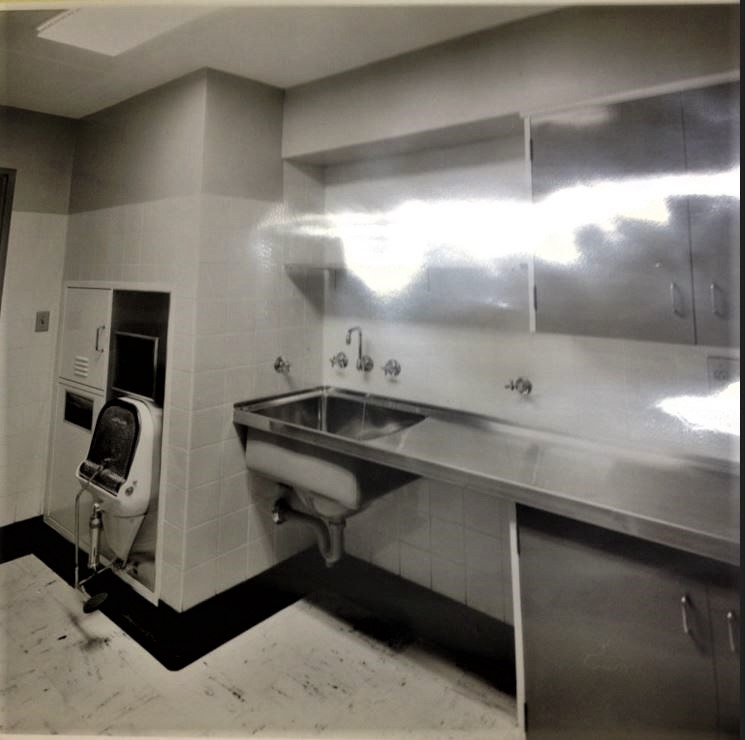
In it’s pristine state, nurses could take pride in the gleaming stainless steel benches, pans/bottles and the ordered cupboards all itemised and logical. Pity the nurse who didn’t leave the sluice room spotless and well stocked for the next shift!! Now it would probably be called “bullying” but in 1970 it was clear and unequivocally “teaching” good practice!!
Many a clinical and personal dilemma would be tossed about in this room with colleagues who were more like family (at least those from your training group).
I started nursing when the means of sanitising pans, urinals, bowls and such was by the soaking method in “Safsol” a pink powder made up into a huge square plastic container of 20litres. These containers had to be emptied and refilled daily with new solution. To empty the container, which was kept on the drainage bench, some would siphon the liquid out or some would use a jug to bail it out. For obvious reasons I bailed!
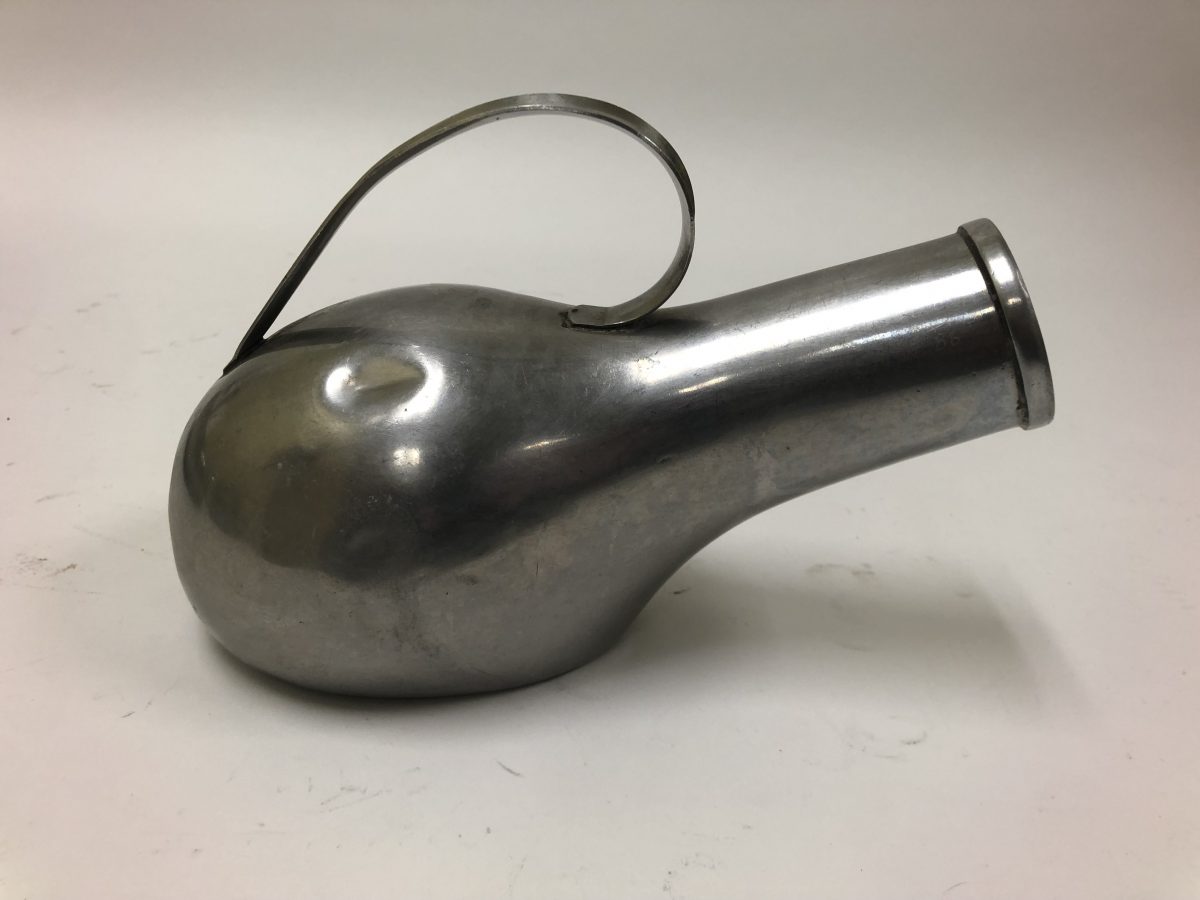
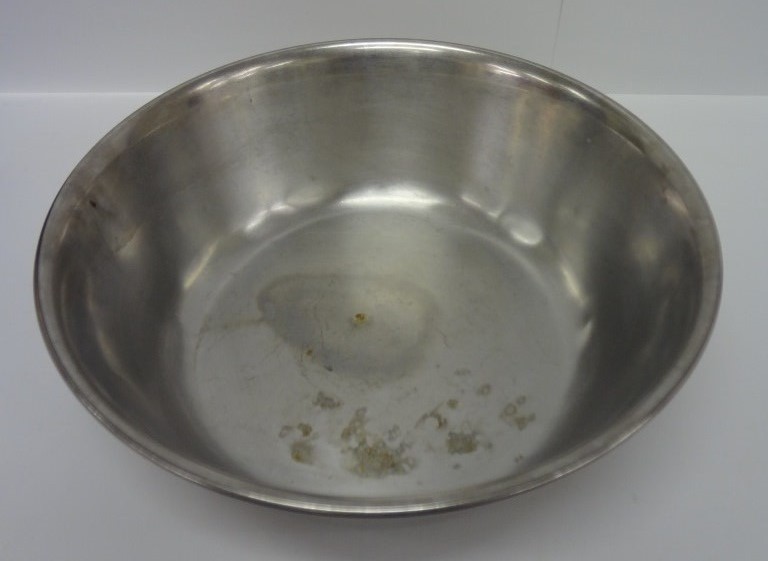
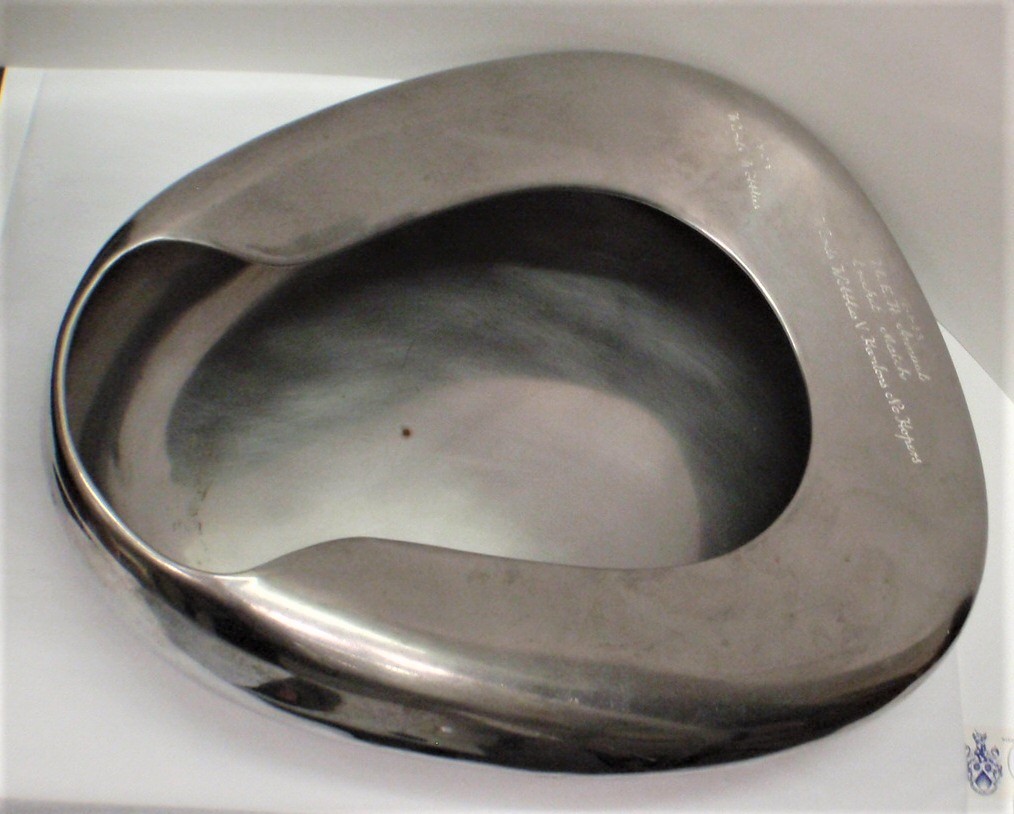
Pans and urinals (bottles) would be flushed in the sluice and then put into the Safsol solution for around 3 minutes (sometimes 20 minutes and other times 2 minutes). The item would be removed and placed in a rack to dry before being returned to the bedpan crate under each bed – was that pan for bed 3 or 5? It was sanitised so life went on!
Inevitably our male patients always retrieved their “bottle” from the under bed crate or floor and place it on their locker top or over way table (usually full!) What is it with men and toilets!
Damp dusting (savlon) was set up from the sluice and undertaken by student nurses each morning after the patients breakfast. This usually started when the first nursing group left for their breakfast. The locker tops and bedside surrounds were damp dusted, tidied, bottles emptied and placed on/or in the bedpan crate and ash trays emptied and cleaned. Yes, that’s right ash trays! Rubbish was removed, water jugs and glasses replaced. The only thing we didn’t do in the bay was wash the floors.
Flowers were returned to the bay’s as they were removed from the bays at night. The reason behind this, was they felt the flowers would rob the room of oxygen needed by the patients. By removing the flowers at night also enabled quieter access for patient care at night. I truly hated doing the flowers – vases/smelly water and arranging them! Many accidents occurred of vases falling, breaking and spilling water/flowers on their journey to and from the flower room. This was usually on overway tables especially if they came from bay 1 down to the flower room near bay 5.
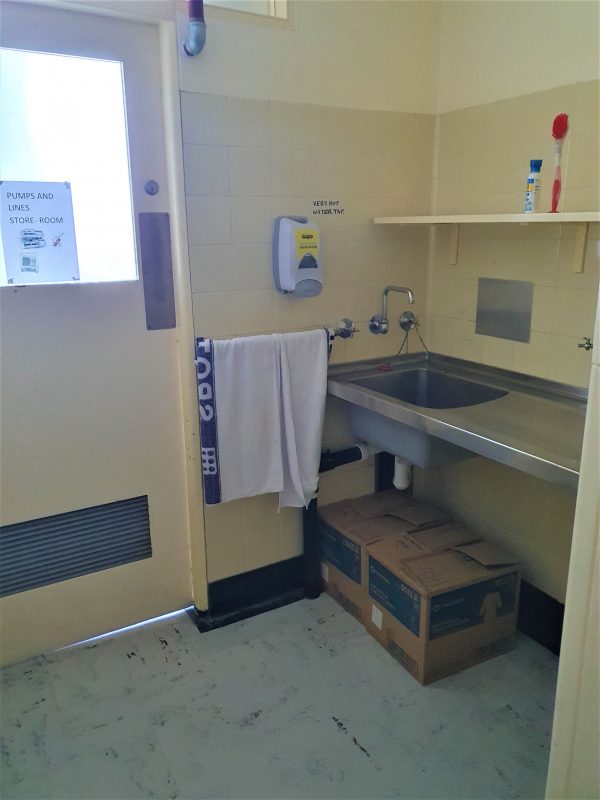
Linen trolleys were stored in the sluice room as well as full linen bags of soiled linen waiting collection. I always seemed to find the bags in trolley full or near full when needing to use a trolley for bed linen changes. Again, pity the nurse who didn’t tie off the soiled linen bag correctly and the soiled linen either spilled out in the sluice room, cupboard, or worse still, the corridor. Another lesson “if caught” reinforced by ridicule and embarrassment by the Sister’s or senior nurses (third years!)

In my first few weeks as a PTS Nurse on Ward 6B (Gynae and sick nurses) I had an up close and personal experience with The Sluice. The usual procedure was to place the pan/urinal in the sluice, close the flap/door and step on the pedal to flush the item. If this doesn’t happen in this order, the operator gets a face full of cold but clean water. This would certainly get ones attention and teach another valuable lesson to most perhaps! Sadly, I missed the close the door step and was duly anointed with the sluice water. After gaining permission from the “Sister in Charge”, I returned to my room to change my uniform and cap. I returned to duty and to my patients, only to repeat the experience – obviously a slow learner! Again, I sought permission from Sister in Charge to go and change. She looked very amused at this “stupid girl” who would obviously never make a registered nurse and sent me off to change. Back on duty and eager to catch up on my duties when the unthinkable happened again. Flushed for a third time!! I had run out of clean/dry uniforms and caps (5 up and 4 down) and didn’t want to seek permission from Sister in Charge to go and change again, all within the space of an hour. I decided with the assistance of my nursing colleagues, to grin and bear it, drying off in the sluice room as much as I could before the Sister in Charge found me. At the end of the shift I was more than a little flushed with the events of the “day in the sluice”. My colleagues spent many times over the next 3 years going over stories (embellished of course) of our daily activities including the great flush of 1970.
The sluice room was a vital element in the design of TQEH – the brightest and most modern design in the state, (so it was written by the press [Advertiser]) comparing TQEH to a modern cruise liner!
One sluice room supported 12-14 patients in 2 bays or single rooms. There were only 2 single rooms per ward of 32 beds back then. Access to 2 of the sluices was from either side. This design proved very useful, especially at night for students escaping the Night Sister doing rounds. When the lights are off you couldn’t be seen or found! I don’t ever recall seeing a Doctor venture into this room, so sacrosanct it was for nurses. Most of the unsightly work was undertaken in these rooms and many a tear was shed for patients, their situation, condition or plight. Not to mention those tears when a nurse had a terrible day or things that went wrong!
Even though I was flushed in my early years I did successfully complete my training and became a registered nurse and 40+ years later I retired “flushed” with success from a wonderful career.
Memories of my early years as a student nurse
Written by Jan Hooper, OAM 75th PTS